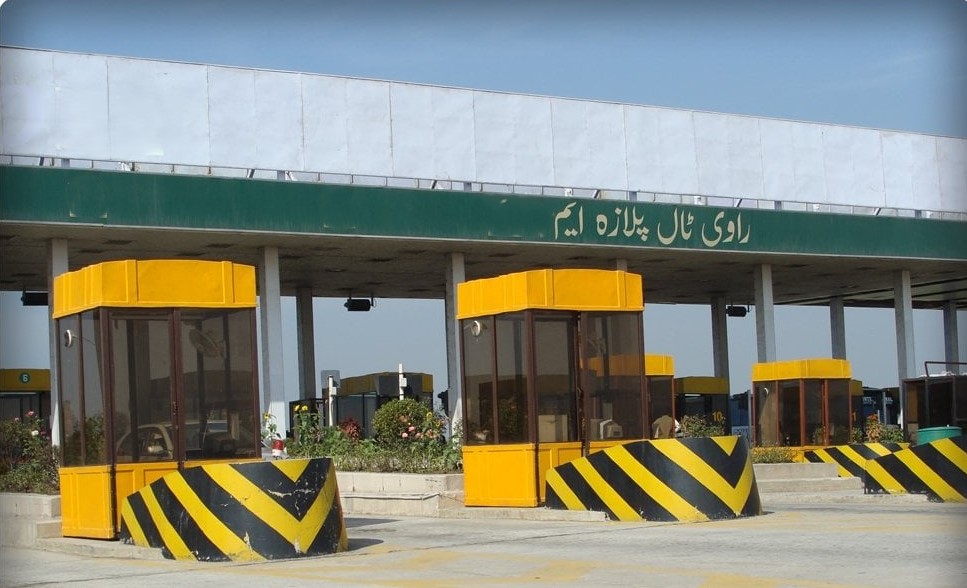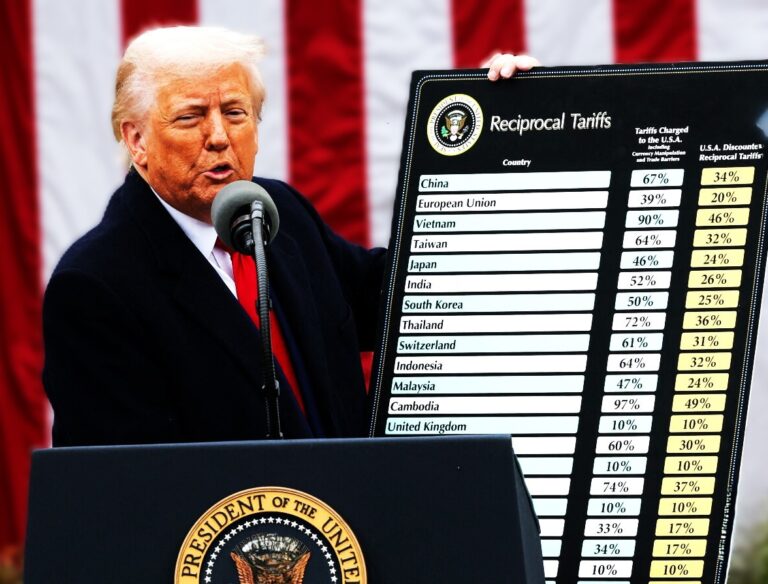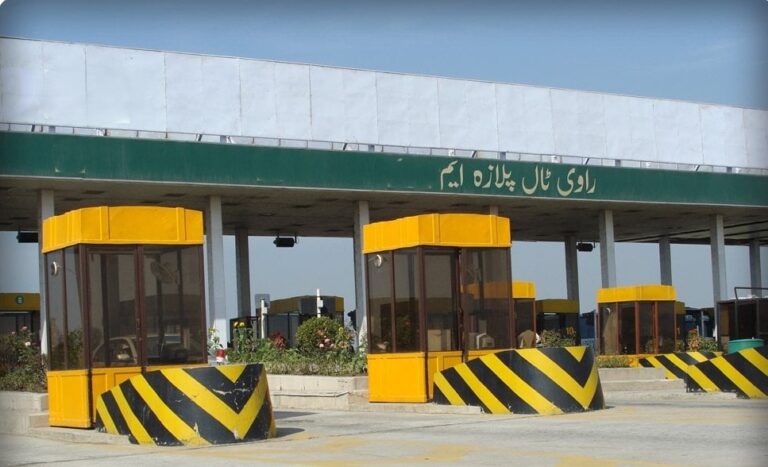
In 2025, drivers across multiple regions are facing steep toll rate hikes—some as high as 50%—as governments and transport authorities adjust fees to fund infrastructure upgrades and address rising maintenance costs. These increases impact highways, bridges, and tunnels, affecting both daily commuters and commercial transporters. Below is a breakdown of the latest changes and their implications.
Key Toll Rate Increases in 2025
1. Pakistan’s Major Highways
- Motorways (M-1 to M-5): Toll rates increased by 15–25%, with heavier vehicles (trucks, buses) facing the steepest hikes.
- Karachi-Lahore Highway: Rates rose by 20%, adding significant costs for long-haul transport.
- Islamabad-Peshawar Route: Light vehicles now pay 10–15% more, while commercial trucks face a 30% increase 15.
2. International Comparisons
- USA: The New Jersey Turnpike and Ohio Turnpike raised rates by 3–7.8%, while Oklahoma’s tolls jumped 15% 1.
- Europe: CO₂-based pricing pushed tolls up by 1.5–2% in Denmark and Germany for high-emission vehicles 3.
- India: The Delhi-Meerut Expressway and NH-9 saw tolls rise by INR 5–590, with trucks bearing the brunt 5.
3. Bridges and Tunnels
- Port Authority Crossings (NY/NJ): Toll rates per axle increased by $0.25, with annual increments planned through 2028 1.
- Elizabeth River Tunnels (USA): Peak-hour tolls for heavy vehicles surged by $1.62 per trip 1.
Why Are Toll Rates Rising?
- Infrastructure Upgrades: Funds are needed for road repairs, expansions, and smart tolling systems.
- Environmental Policies: Some regions (e.g., Europe) use tolls to discourage high-emission vehicles 3.
- Inflation and Operational Costs: Rising fuel, labor, and material prices contribute to fee adjustments 15.
Impact on Drivers and Businesses
- Commuters: Daily travel costs are rising, especially for those using urban expressways.
- Transport Industry: Trucking companies may pass costs to consumers, raising prices for goods.
- Alternatives: Some drivers are switching to public transit or alternate routes to save money.



